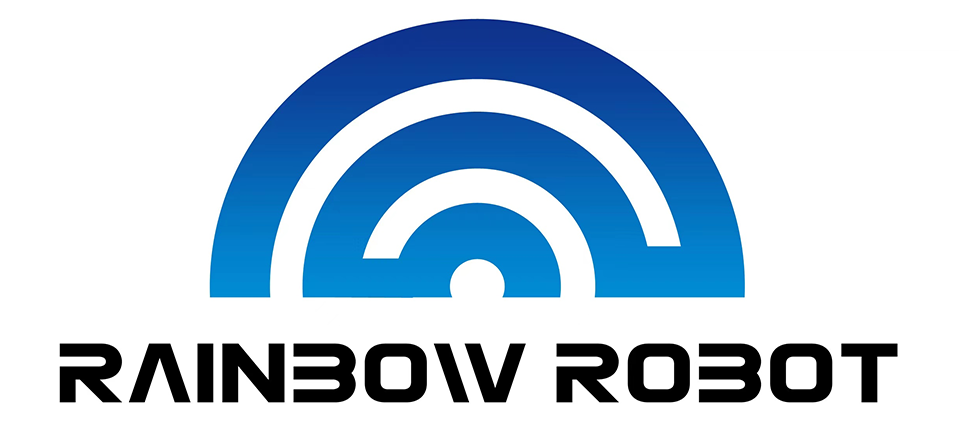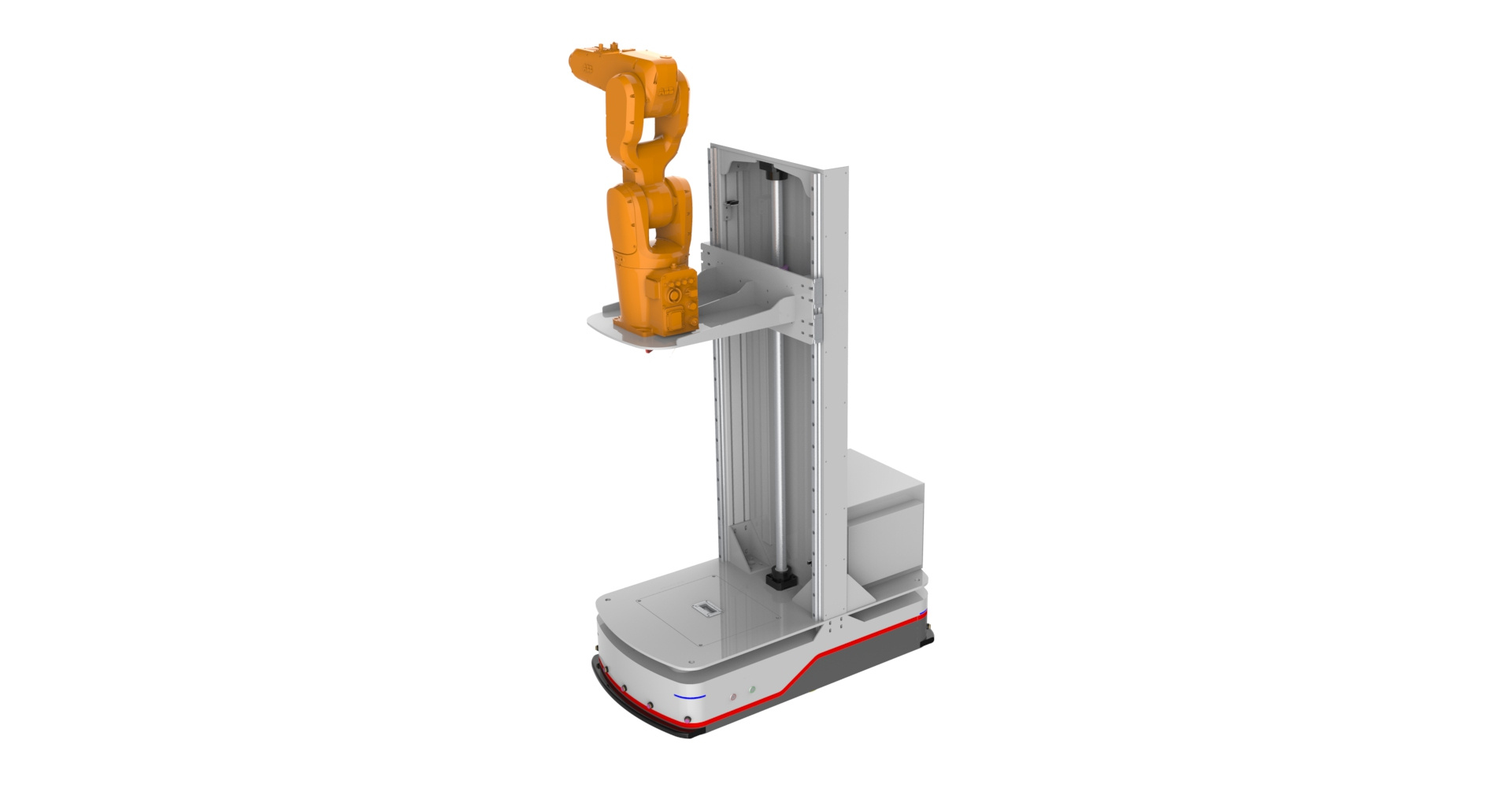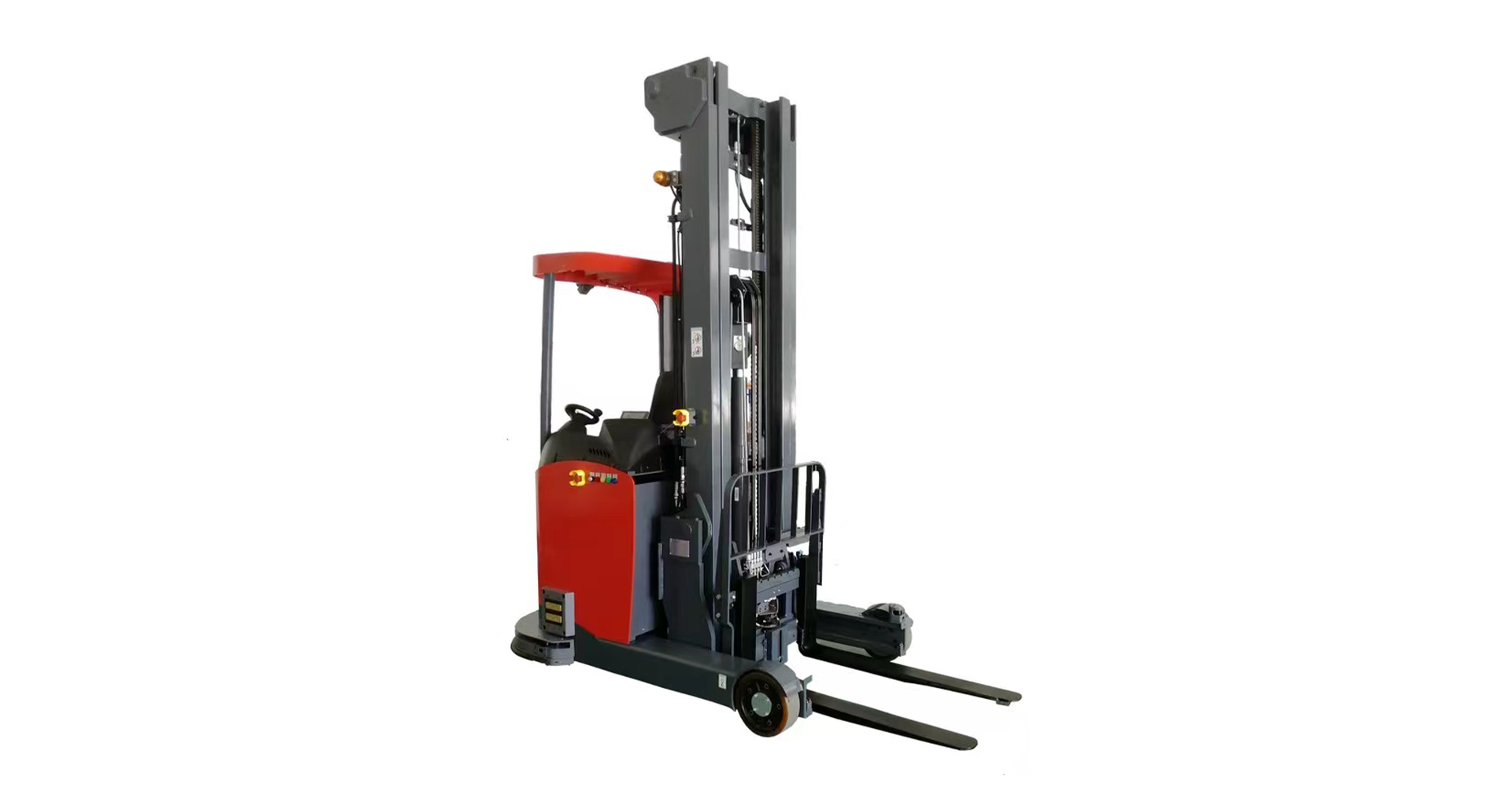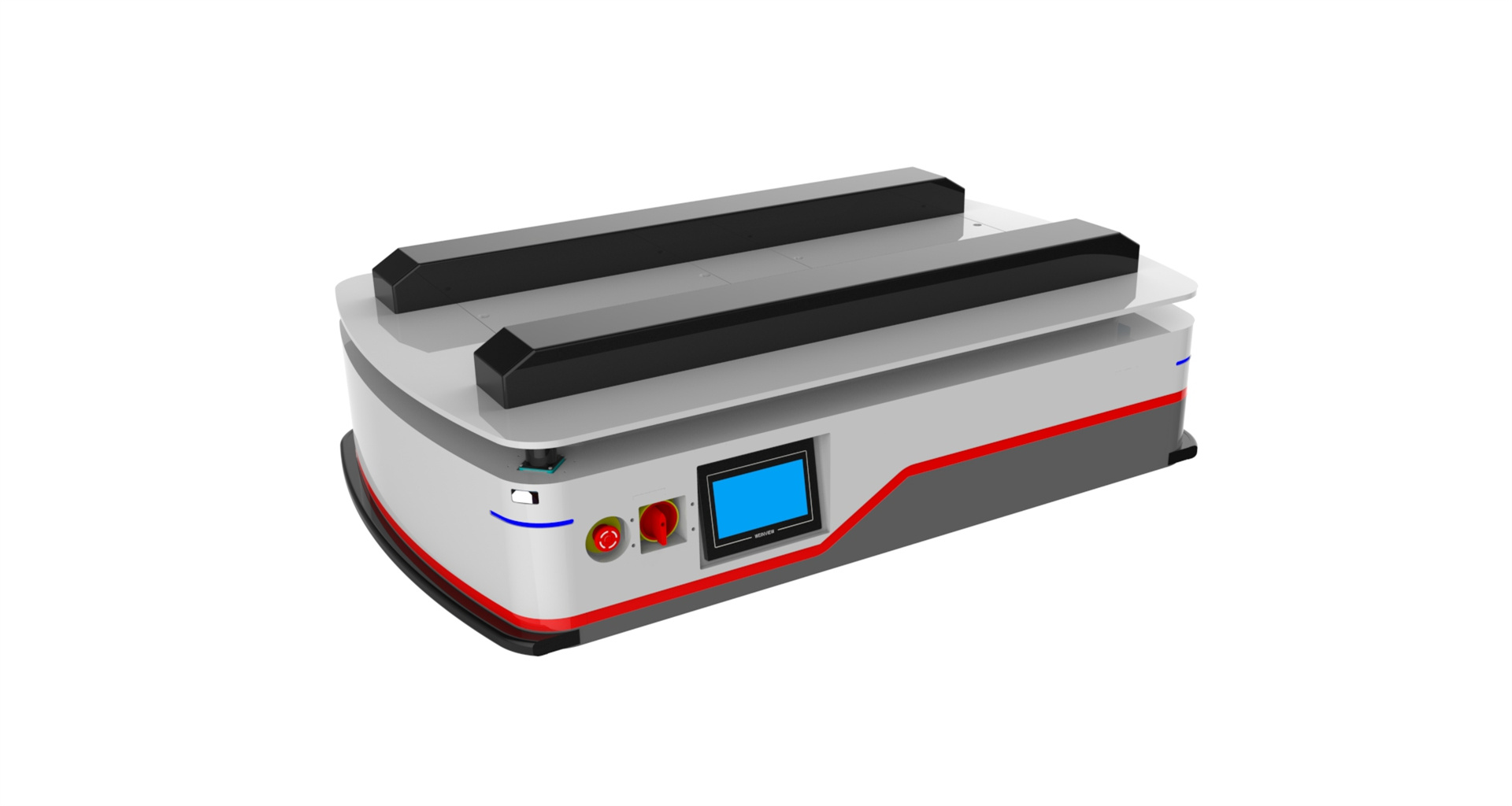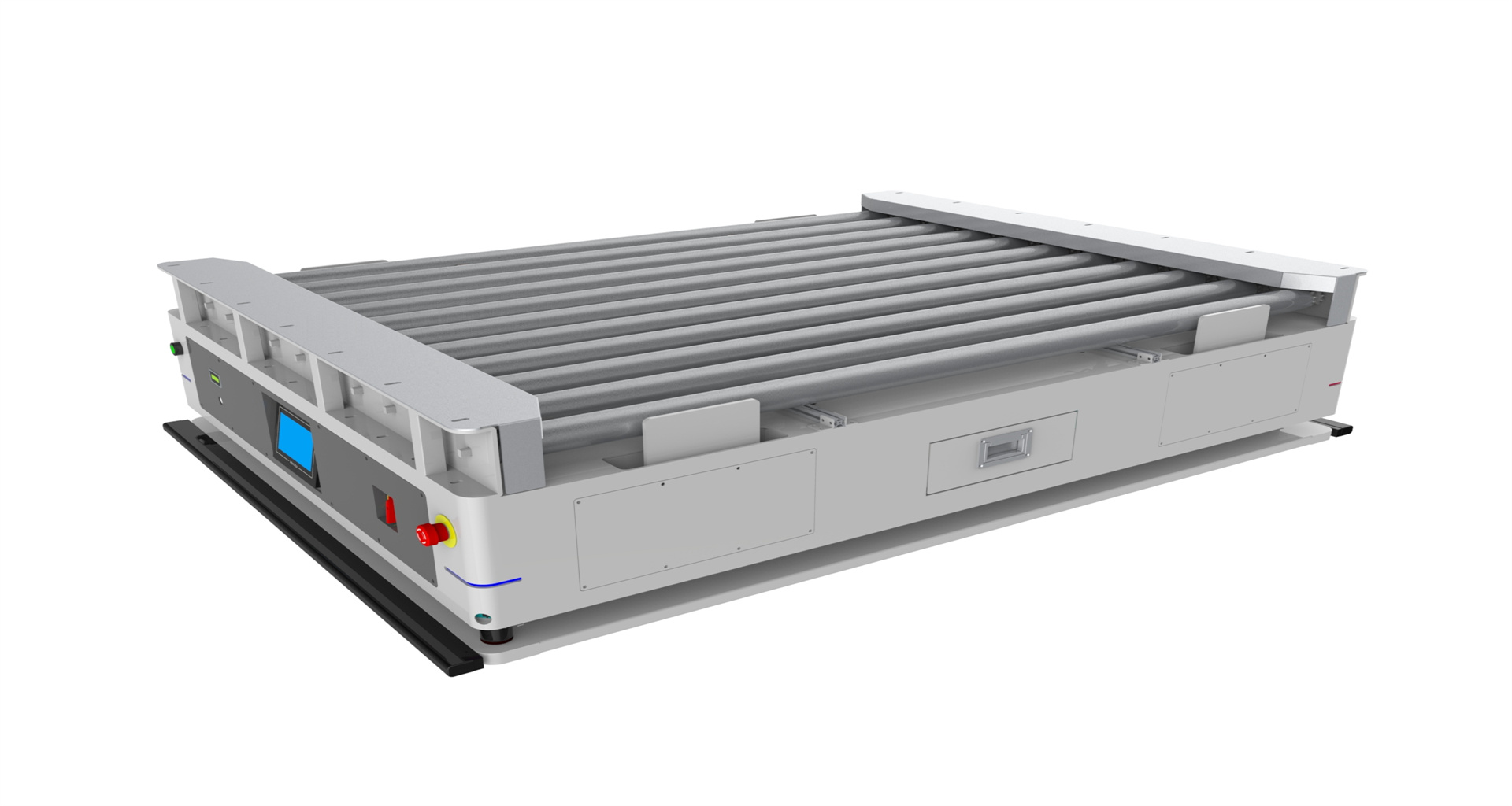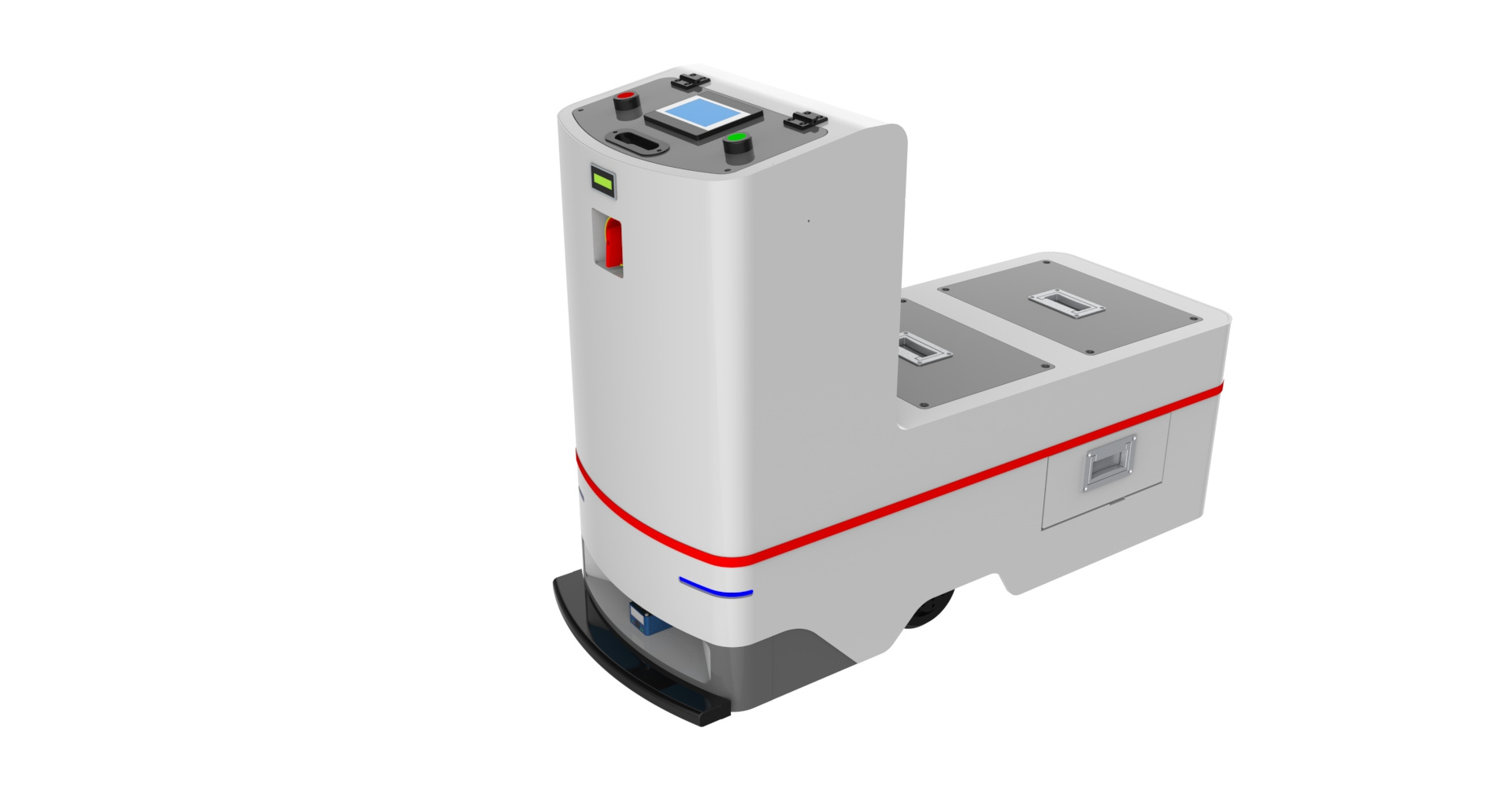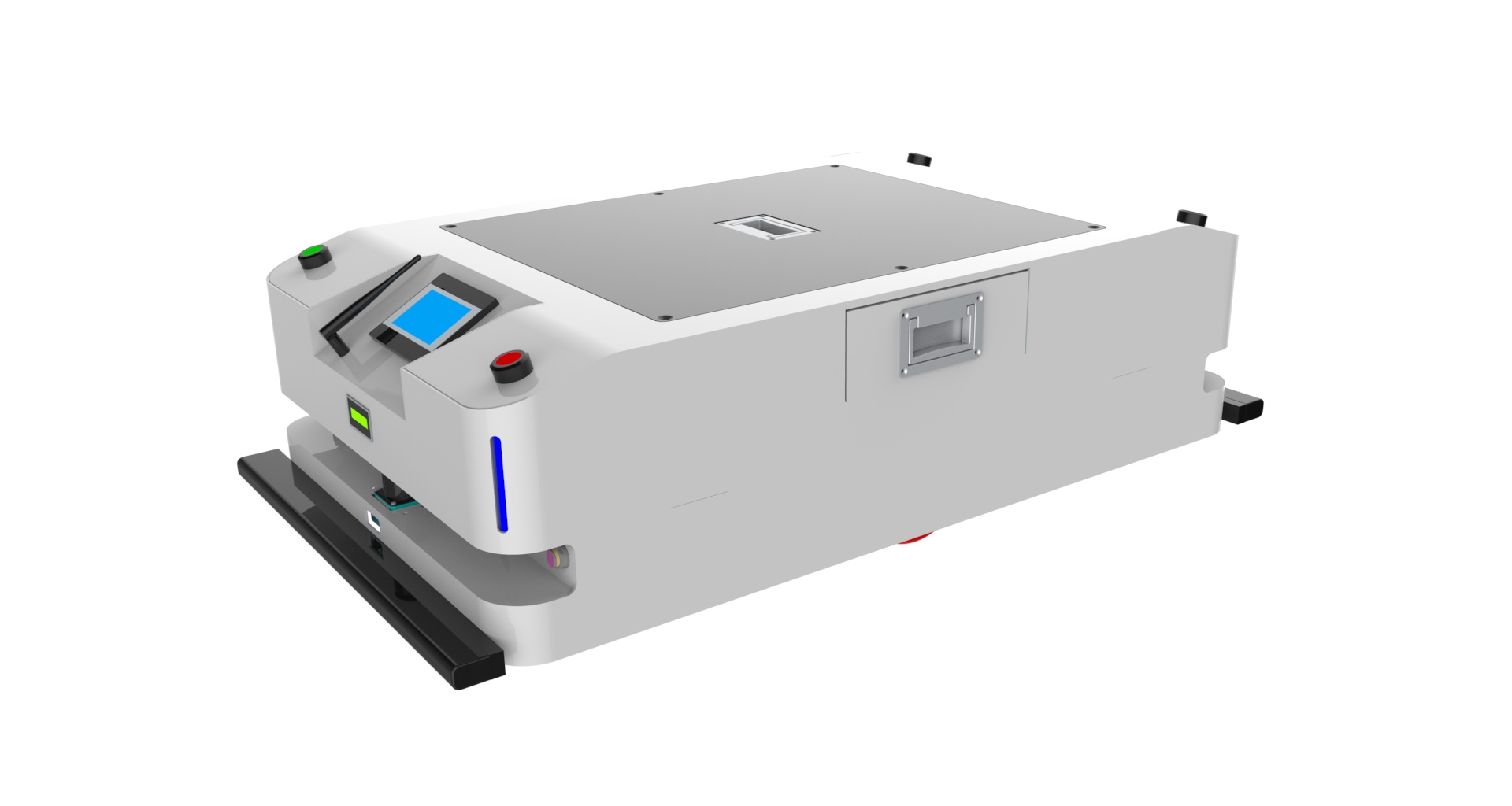FAST MOVING CONSUMER GOODS
Why the FMCG industry must automate further to survive
As market demands continue to change, so must the supply chain. In fact, today’s factory floor is vitally different to the one of even twenty years ago, with high-speed conveyors, cobot arms and other automation technology that complete processes faster and more accurately than manual labor.
And while large internationals within FMCG such as P&G, CocaCola & Unilever (to name a few) have seen success from their automation practices, businesses must keep innovating in order to compete better. Here’s why:
- Adaptability
- Cost optimization
- Increased uptime
- Industry success
Adaptability
It was back in 2011 that Harvard Business Review announced that adaptability was the new competitive advantage. Now, with the constant pressure on the FMCG industry to keep production high and costs low, while consumer and market demands fluctuate, adaptability is no longer an advantage, but a necessity for survival.
By implementing the latest automation technology, like autonomous mobile robots (AMRs), manufacturers can reduce costly and time-consuming manual transportation, supporting a lean approach and increasing adaptability. Unlike AGVS, all Rainbow Robot AMRs employ a sophisticated mix of sensors, cameras and data to autonomously determine the most efficient route, and move out of the way of obstacles.
Cost optimization
The pressure to keep costs low but quality high is not going anywhere. Couple this with foreign competition, tariff uncertainty and labor skill gaps, and the FMCG industry finds itself in an uncomfortable position. However, AMR can help by replacing inefficient manual processes with efficient, autonomous production process. Not only does this reduce production bottlenecks and delays caused by human error, it also helps manufactures combat worker shortages, by allowing skilled workers to complete value adding, complex tasks instead of manual transportation. Creating a safer environment with the world-class Rainbow Robot AMRs means that costs can also be saved by reducing lost workdays and fines due to workplace injuries. By combining human skill with robotic reliability and autonomy, FMCG businesses can achieve the optimal model for manufacturing success.
Increased uptime
Unlike AGVs, AMRs rely largely on onboard sensors and cameras to operate—and not wires or magnetic tape. Refitting the factory floor is, therefore, not needed, limiting the downtime that can occur when implementing other technology. Rainbow Robot AMRs also have an intuitive interface, making the robots easy to set up and use, resulting in a very quick implementation. But the Rainbow Robot robots offer time saving in other ways too. Firstly, a fleet of autonomous mobile robots can work around the clock, ensuring a steady material flow. Rather than stopping in the face of an obstacle – like an AGV would - they can calculate alternative routes without disrupting the workflow. What’s more Rainbow Robot AMRs can be switched to perform new tasks with relative ease, increasing uptime.
